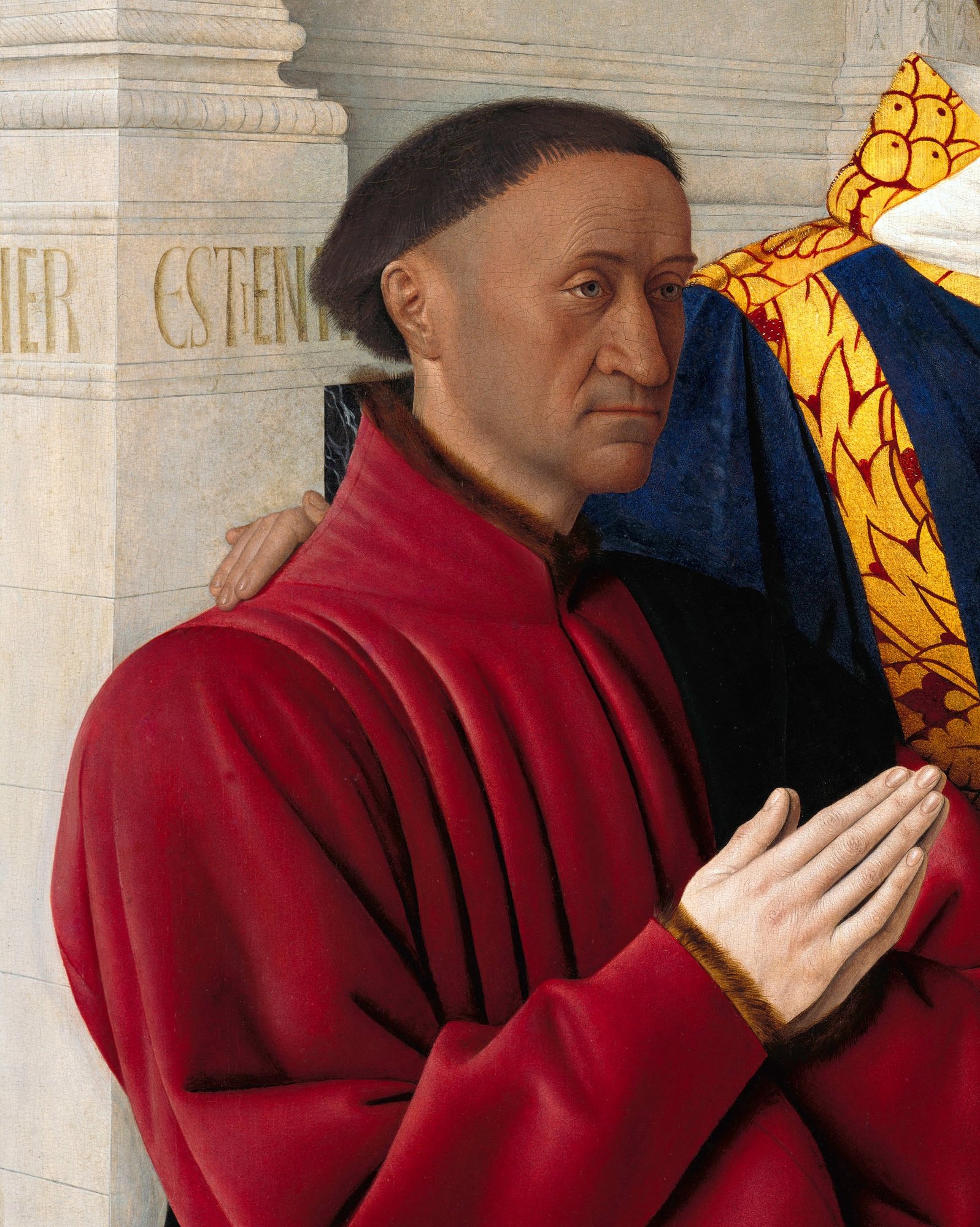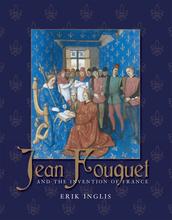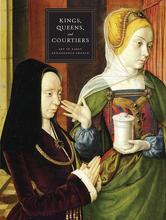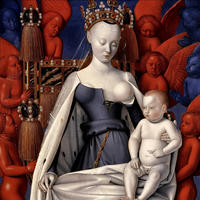More about Jean Fouquet
- All
- Info
- Shop
Works by Jean Fouquet
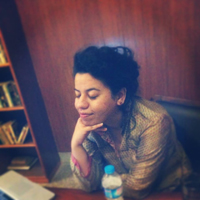
Contributor
Folks should pay more attention to 15th-century painter Fouquet, because he was not just your average Joe…or Jean as it may be.
Though much of his life has been lost to history, we know Joe-Jean would have put on his dating profile that he loved to travel and try new things. Hailing from Tours, France, Jean Fouquet became the talk of the town upon his visit to Rome, where he painted a portrait of Pope Eugenius IV using canvas rather than wood. No doubt he was picking up tricks of the trade from his Northern European contemporaries Jan Van Eyck and Rogier van der Weyden. But even those guys hadn’t been savvy enough to try out canvas instead of wooden panels or to take a trip to Italy to see what was up with the Renaissance.
Fouquet was also court painter to French King Charles VII, and later to Louis XI. Cozying up to the King had its perks- he had a fancy workshop where he produced a bunch of manuscripts and was able to experiment enough to become the very first miniature portrait painter. Fouquet was so tight with the King that he was asked to paint the death mask for his funerary procession. Til' death do we art!
Featured Content
Here is what Wikipedia says about Jean Fouquet

Jean (or Jehan) Fouquet (
French: [fuke]; c. 1420 – 1481) was a French painter and miniaturist. A master of panel painting and manuscript illumination, and the apparent inventor of the portrait miniature, he is considered one of the most important painters from the period between the late Gothic and early Renaissance. He was the first French artist to travel to Italy and experience first-hand the early Italian Renaissance.
Little is known of Fouquet's early life and education. Though long assumed to have been an apprentice of the so-called Bedford Master of Paris it is now suggested that he may have studied under the Jouvenal Master in Nantes, whose works were formerly assumed to be early works by Fouquet. Sometime between 1445 and 1447 he travelled to Italy, where he came under the influence of Roman Quattrocento artists such as Fra Angelico and Filarete. During the 1450s he began working at the French court, where he counted kings Charles VII and his successor Louis XI among his many patrons.
Check out the full Wikipedia article about Jean Fouquet

